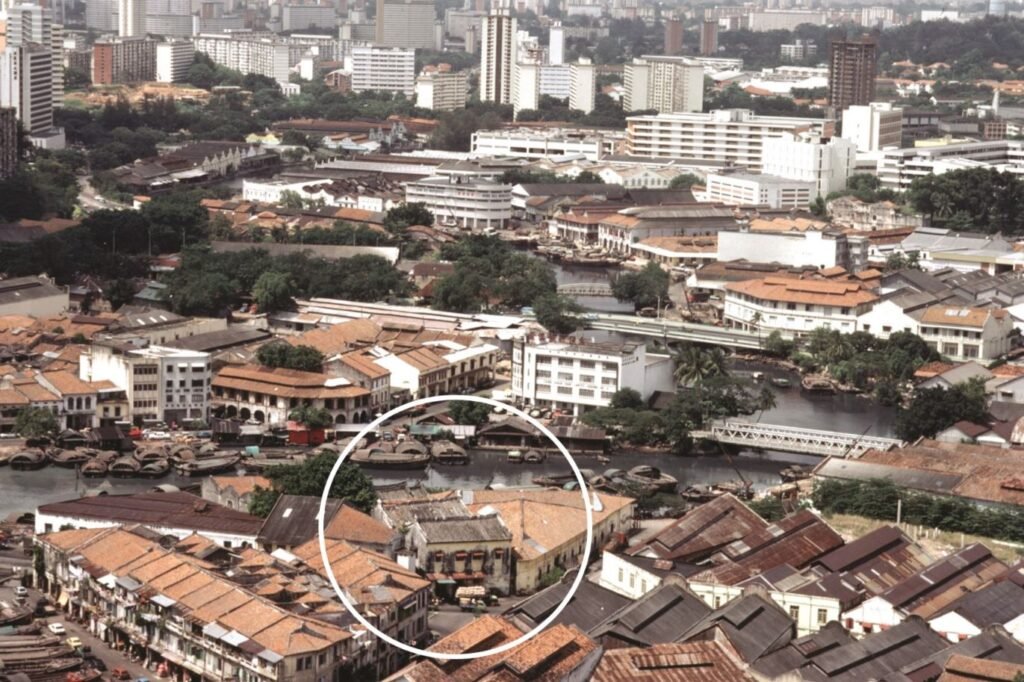16 LU SHANG LIAN 吕上憐
The Little Dagger Society
LU SHANG LIAN 吕上憐 (Unknown –1856) Ancestry: Unknown
The Little Dagger Society was one of many secret societies dedicated to the overthrow of the Qing Dynasty, to restore the Ming (明) – the last regime led by Han Chinese and overthrown by the Manchu in 1644. Tan Keng Chin, one of Lu’s eight sons, died at just 22 years old. Within a week of leading a successful incursion against the Qing, he was captured and imprisoned. Unwilling to give up, he pronounced his status as a British (Singapore) subject. The British Consul tried to intervene but did not succeed and Tan died in Qing custody soon after.
His death caused a Sino-British diplomatic row at a time when the Qing’s ruling classes was deeply convulsed after losing the first Opium War (1832-1842) arising from a trade deficit with Britain. Britain struck a body blow at China’s polity, wounding its pride with its superior weaponry and military strategy. The price of defeat was China had to cede the territory of Hong Kong to the British Crown, open treaty ports granting foreigners with special rights to operate them. To add insult to humiliation, regional rebellions caused by misgovernance such as the one led by Tan in the Little Dagger society began to sprout in various parts of China.
The largest uprising was the Taiping Rebellion(太平天国) in 1850 and lasted for 14 years but not before establishing its capital in Nanking (the second capital of China after Beijing). In 1853, Tan’s successor Ng Wei leading a few thousand men succeeded in occupying Amoy for several months. But the lack of provisions and food forced a retreat which took the defeated rebel army to Singapore and Semarang.
Where ever they landed, they were likely to have reconnected with secret societies who supported the overthrow of the Qing. Could they have had connections to this River House in Clarke Quay believed to have served as an unofficial headquarters of a prominent secret society.

The River House circled in an aerial view of old Boat & Clarke Quay, G.P. Reichelt Collection, courtesy of National Archives of Singapore reproduced from The House of Ripples.
You can read more about how the story unravels in tracing the various owners of the property and an introduction into Teochew style architecture in The House of Ripples
by Fabian Tee and Raymond Goh
Further Readings:
https://biblioasia.nlb.gov.sg/vol-14/issue-3/oct-dec-2018/the-house-of-ripples/

Recent Comments